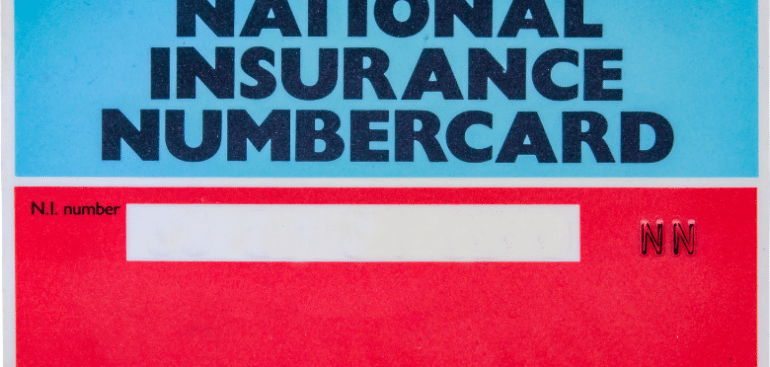Despite the increase in National Insurance Contributions (NIC) in the April 2022 Spring Statement (the increase being replaced by the Health and Social Care Levy in July 2022) there remains a significant financial advantage for individuals working as self-employed rather than as employees.
However, complications can arise where an individual is both employed and self-employed as they may find themselves paying too much NIC for no extra benefit. With different rates for the 2022/23 year, individuals who are both employed and self-employed could easily find themselves in this situation unless aware of the rules.
Calculation difficulties can arise where there is a mix of earnings such that the Class 1 limit is not exceeded separately but by paying NIC based on total earnings (whether that be for an additional second job or self-employment) the maximum amount is exceeded and a refund due. The annual maximum is equal to 53 primary Class 1 contributions at the upper earnings limit (£967 per week x 53 weeks = £50,270 per tax year).
To ensure that such overpayments were not made in the past, an application had to be made to HMRC for deferment. Currently HMRC state that they will automatically carry out this calculation on receipt of the self-assessment tax return. However, this assumes that the individual’s NIC record is complete and correct. Deferment will be accepted by 14 February for a 2022/23 year claim with any application after that date being considered but only with agreement with the respective employers.
Deferment
Neither Class 2 nor Class 4 NIC can be deferred; deferment only applies for Class 1 NIC and only if any of the following are relevant:
- Class 1 NIC with more than one employer;
- earn £967 or more per week from one job over the tax year;
- earn £1,157 or more per week from 2 jobs (combined income) over the tax year.
The formula for the calculation is:
Upper earnings limit = (X-1) x PT
where X is number of jobs
In practice a reduced rate of 3.25% on weekly earnings between £190 and £967 in one job (not both) instead of the standard rate of 13.25 % for the tax year 2022/23.
Practical Point
Each individual employed in more than one employment or employed and self-employed will have an individualised maximum liability for either Class 1 contributions or Class 1 and Class 2 contributions based on the earnings received. HMRC’s National Insurance Manual provides examples for calculating the Class 1 and 2 annual maximum for various earners with differing employment patterns.
For help with NIC deferments please contact us

